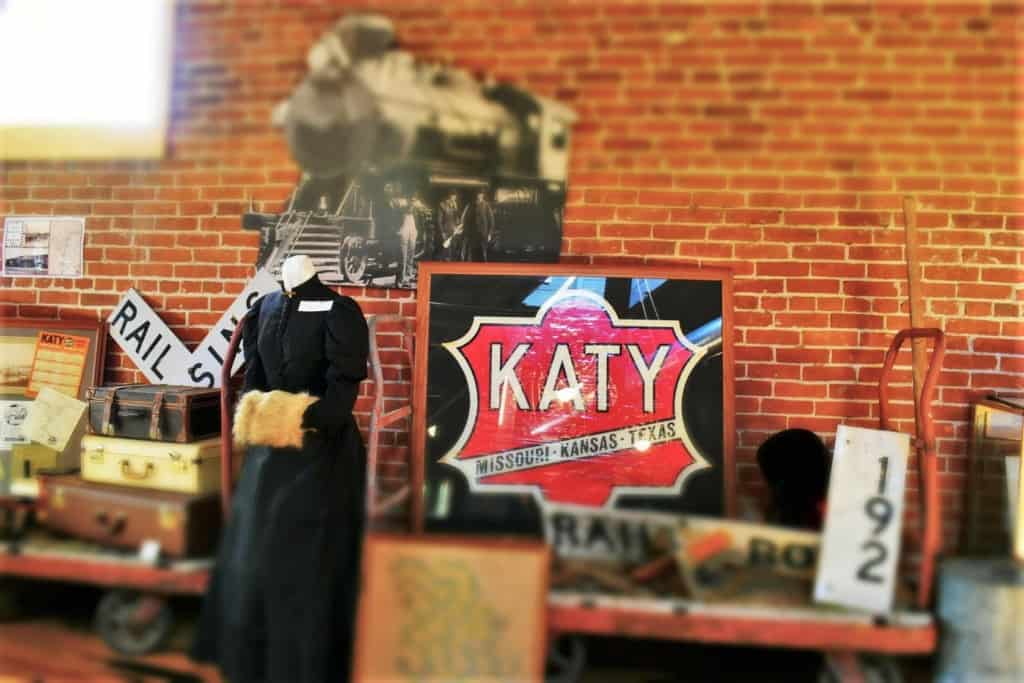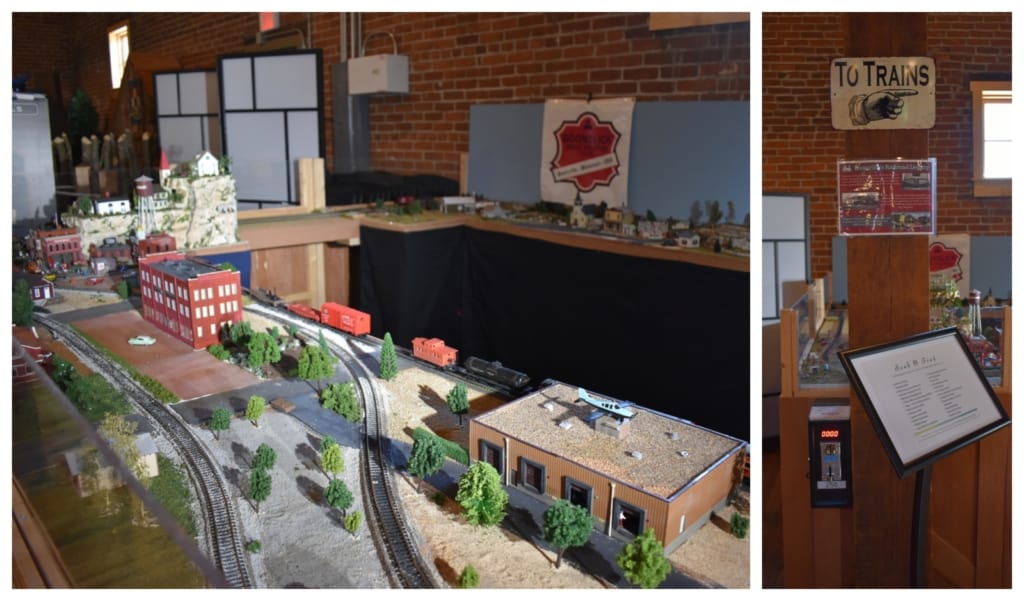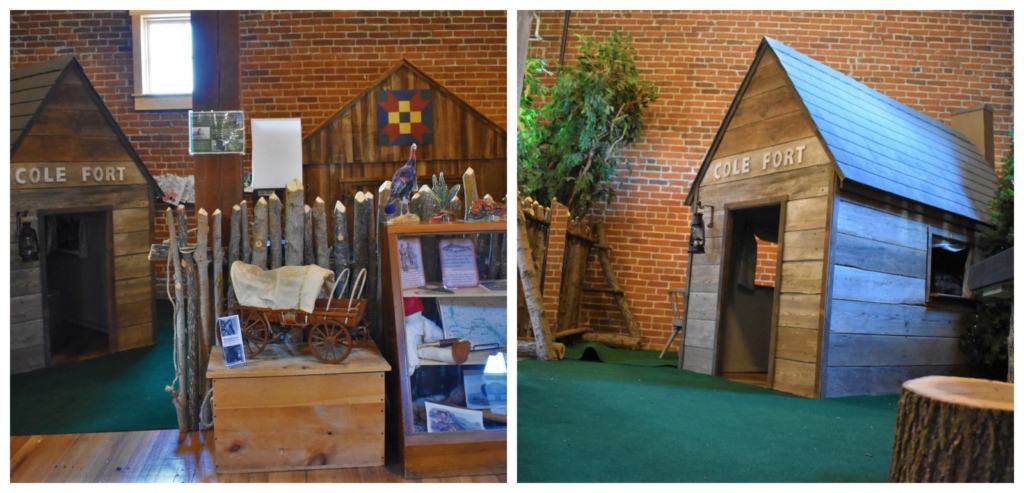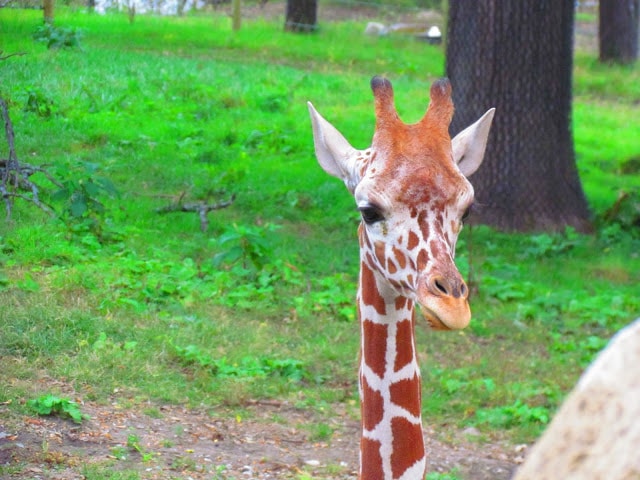Boonville, Missouri rests along the Missouri River, just about 100 miles east of Kansas City. For thousands of years, Native Indians were the sole inhabitants of the region. It was not until the 1600s that the first European explorers would travel to the heart of the continent. A pair of Daniel Boone’s sons would uncover a nearby salt lick, and that would signal the start of a town. Named for their father, Boonville became an important point for pioneers jumping off on the Santa Fe Trail. We dropped in the River, Rails, and Trails Museum to learn more about travel around Boonville.

Charting the Land
Most people are well aware of the Lewis and Clark Expedition. After America and France finalized the Louisiana Purchase, an expedition was needed to chart this new territory. In the summer of 1804, the two explorers, along with 43 recruits, made their way past the area that would become Boonville. The River, Rails, and Trails Museum has a model of the keelboat used by the corps as they navigated the Missouri River.

River Town
Our visit to this museum gave us an opportunity to meet Katie Gibson, who serves as the tourism director for the city of Boonville. As she walked us around the space, she told us tidbits of history from the city’s past. The museum is a dual-purpose space, as it also serves as the city’s visitor center. Here we were able to get information about the various historic sites, local eateries, and shops sprinkled around the area.

Plying the Waters
The Missouri River has always been a key component to life in Boonville, Missouri. The River, Rails, and Trails Museum starts visitors off with a look at some of the crafts that navigated the waters. A collection of model boats is set up to show how the paddle-wheels worked on some early models. It was interesting to see the details included in each of these models. I have to admit that it was also fun to push the buttons and watch them burst into action.

Notable Name
The river was used not only to move people but to transport merchandise to communities along the way. Many of the general stores depended on their supplies being shipped upriver from St. Louis. Along the way, these ships faced a variety of hazards, which could change on a daily basis. Heavy rains would drag new flotsam into the river and create the potential of snags. Quite a few vessels became victims of these often hidden threats.

Common Hazards
In one of the exhibits, the museum highlights one of the victims of the river. The Missouri Packet was a steamboat that plied these waters in the early 1800s. This 120-foot long ship fell victim to one of these “snags” that were ever-present but often hidden. We had seen the engine from this vessel, which had been recovered and on display at the Arabia Steamboat Museum in Kansas City. Little did we realize that the Hawleys had been in this area previously to do the recovery of this historic wreckage.

Boone’s Lick
While many of the boats were used to bring in materials, they also served to transport items harvested from this region to the markets back east. The nearby salt lick was a booming business that sent this vital commodity back east for use in the meat-packing plants. Pioneers were also popular customers of the salt-production business, as they used it to preserve foods for their long journey west. Boone’s Lick became a vital business to help settle the new frontier.

Pioneer Travel
The River, Rails, and Trails Museum highlights the changing modes of travel used by people heading west. While the rivers were considered “Nature’s Highways”, they did have their limitations. Travel by these waterways would only get you to certain areas. Once they disembarked, the pioneers would still have to travel across land to their potential homesteads. For most, the wagon would be their choice vehicle to move their possessions westward. It was interesting to see the assortment of goods that would be carried by a family to stock up their new home.

Iron Horses
As these pioneers fanned out across the continent, there was another “highway” being built. The intercontinental railroad would become the preferred method of transportation for many decades. With routes and spurs diverging in all directions, the railroads would offer safe travel lanes throughout the nation. What used to take weeks could be accomplished in days. The grand age of rail travel would bring new residents to the towns and cities that sprung up alongside the rails.

Fun for All
After our tour with Katie, it was time to do a little closer exploration on our own. In the back of the River, Rails, and Trails Museum we located a kid-friendly section. A large model railway has been constructed to show a stylized version of Boonville. For a quarter, you can make the trains chug along the tracks for five minutes. We are confident that the kids will enjoy watching these diminutive replicas go about their travels as much as we did.

Play Place
Next door to the train display we found Cole Fort. This play area is designed to offer smaller visitors a place to explore while their parents investigate the rest of the museum. The small fort is named after Hannah Cole. This widow, and her nine children, moved to the Boonville region in 1810. She is believed to be one of the first settlers to move south of the river. Her arrival was actually a couple of years prior to the land being opened up for homesteading. Can you imagine the struggles she faced in the days before so many luxuries?

Worlds Collide
During the latter half of the 1800s, the Kemper Military School served as “The West Point of the West”. What began as a simple boarding school would morph into a highly successful enterprise. Prepping students for life in the harsh western environment required discipline, and many schools in the region adopted a military-style. The last decade of the 1800s would see Kemper’s most prominent attendee. Will Rogers would later go on to become a famous entertainer, after his stint at the academy.

Artistic Endeavor
We spent some more time examining the various exhibits at the River, Rails, and Trails Museum. Many were focused on local businesses and we saw a variety of artifacts from the past. As we made our way toward the end of the displays, we came upon a colorful area filled with local art. Three panels were constructed using found pieces of leftover materials. It was a good reminder that we need to be wise stewards of the waste stream to keep it from ending up in our waterways.

River, Rails, and Trails
Across from this artwork is a large exhibit that is used to educate visitors about their impact on our nation’s waters. Here you can see how various water features work to filter and feed the environment. It is a reminder that it is up to all of us to protect our rivers, lakes, and streams. Our last moments were spent exploring the small gift shop that is part of the visitor’s center. We found a nice assortment of memorabilia to choose from that would help us remember our time in Boonville, Missouri. Have you ever visited this historic Midwest city?






I just love the Boonville’s – River, Rails and Trails Museum because it is jam packed with historic artifact from over 200 years ago and fun items for children to learn and play. Stop in and go back in time in a wonderful town on the Missouri River.
It is a wonderful day trip destination and filled with tons of history.